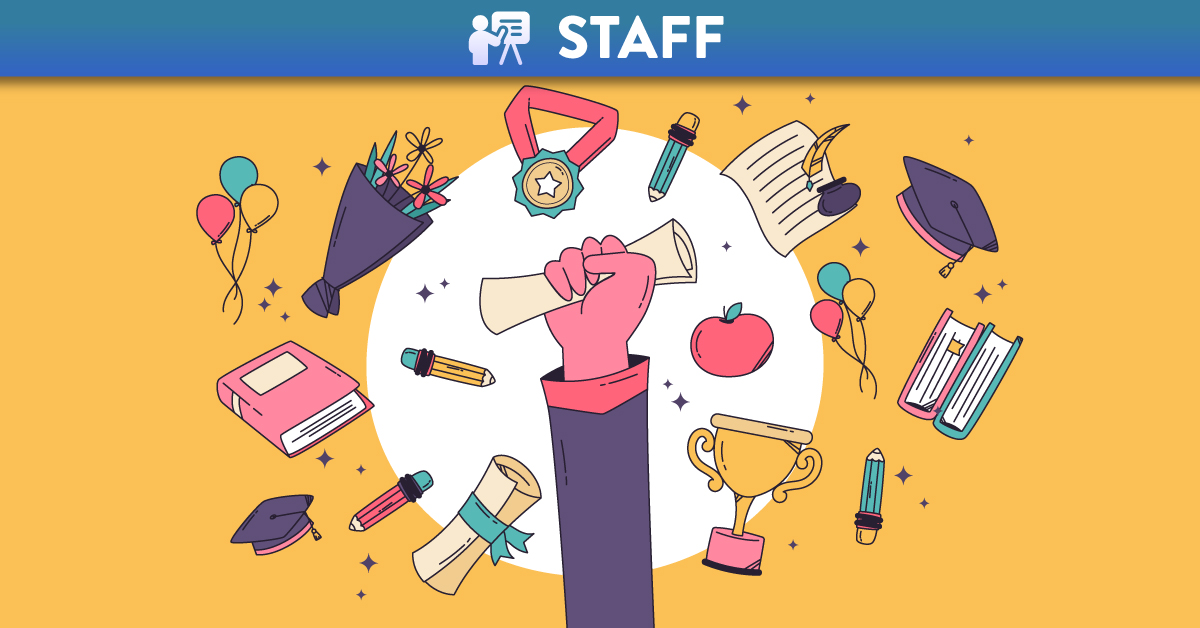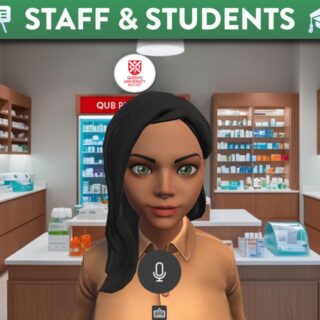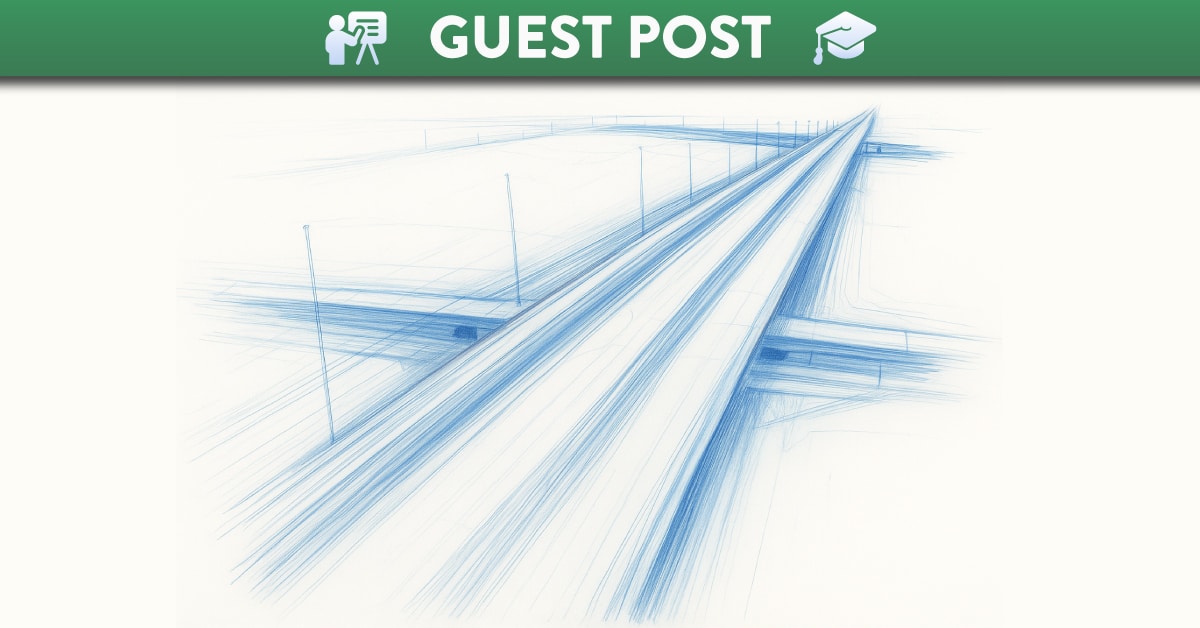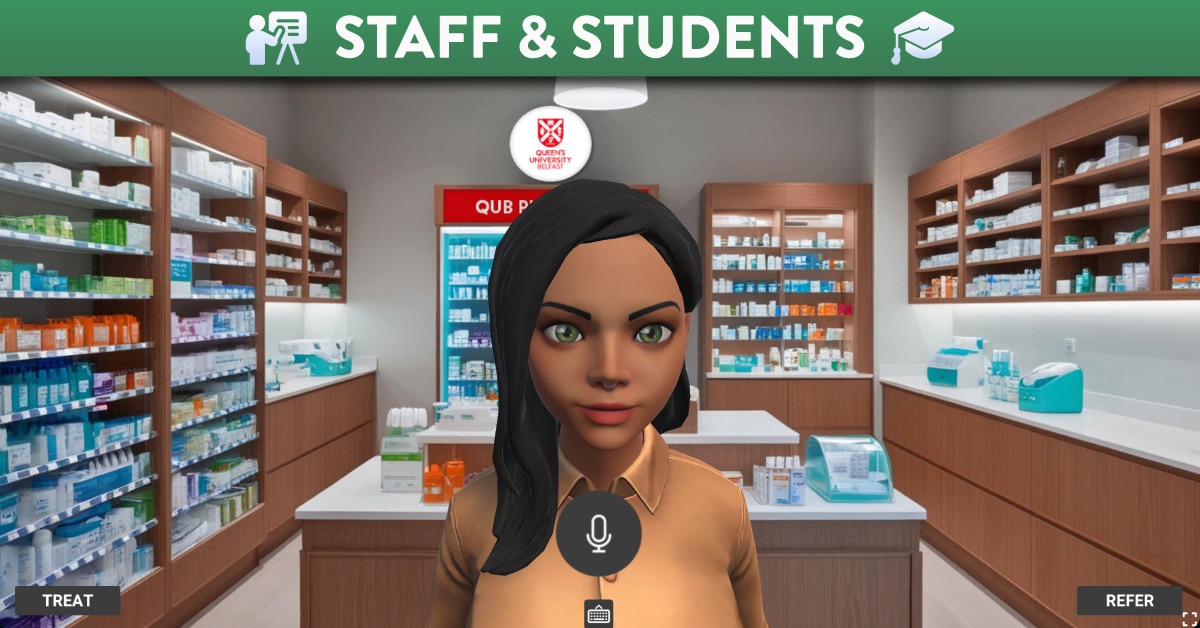
Enhancing the PGR Student Experience
There are many different digital tools at QUB that can be used to enhance the PGR experience online. There is no ‘one-size-fits-all’ solution that is likely to work across the university and further discussions are encouraged at School & Faculty level to agree how best to support your PGR students in a considered way.
Finding the right fit
No technical barriers were identified to any of the solutions demonstrated. Given the feedback and the tools demonstrated, it has been acknowledged that a ‘one-size-fits-all’ approach is unlikely to work across schools and faculties with different needs.
When researching the right tool for the provision PG support within a school or faculty, it is important to consider the following:
- Email is the official communication method at Queen’s.
- Qsis allows for the recording of formal meetings (eg. APRs), the submission of ‘intention to submit’, and mandatory training requirements.
- Staff can create PGR modules within Qsis.
- Note that Canvas does not populate student activity records in QSIS, no future plans to.
- Turnitin is currently required to verify academic integrity of PGR submissions
- Further discussions are required regarding student access and interpretation of institutional regulations.
- Consider signposting / utilising PGR-specific resources that already exist, such as content produced by The Graduate School, for example.
- It is important to minimise content duplication, consider version control of documents and avoid students having conflicting information.
- In general, consider how resource creation impacts:
- Holistic student experience and demand
- Teaching, learning and assessment methods
- Resources required to develop and maintain output.
- When considering Canvas to enhance PGR Experience:
- Staff should be familiar with Canvas Minimum Standards for taught modules (CED) – these could be tailored and applied to PGR modules
- Canvas functionality is limited when facilitating interactive, collaborative and/or synchronous activity.
Solutions Showcase
The following tools and practices were presented to demonstrate possible solutions for the provision of PGR student support: Canvas, SharePoint, and MS365 tools.
The School of Medicine, Dentistry and Biomedical Sciences (MDBS) provide Canvas modules to support PGR students.
- Previously comprising 15 training modules, these were amalgamated into 1 module for all PG students, and one training module for all PGR students.
- This support makes use of various features and practices within Canvas, including:
- Canvas assignments for mandatory literature reviews
- An emphasis on accessibility, aiming for 80% minimum score
- Group functionality employed to organize PGRs into academic years groups – this is convenient for consolidating material and communicating via Canvas inbox and announcement tools
- Some limitations of Canvas were acknowledged, including its unsuitability for interactive collaborative activities
The SNAM Student Hub is a student-led initiative for hosting and sharing information with students. The hub emphasises accessibility, a culture of content creation, sustainability, scalability, inclusivity and representation.
- The hub aims to address previous challenges in hosting/sharing information with students, including document version control, unorganised content and conflicting communications channels.
- SharePoint was considered more suitable than Canvas, and provides the following advantages:
- A flexible user-friendly experience more resembling a website than a VLE
- A platform for sharing links rather than documents through the creation of a learning zone, ensuring sustainability, reduced printing and minimizing resource duplication
- Facilitation of question collection through accessible forms
- Scalability via audience targeting functionality to improve user experience, which will be explored further.
- Teams can have autonomy over their own content
- Hub provides a one-stop-shop solution for students, and a weekly digest is provided via their Outlook account. Feedback has been positive, and has highlighted the following benefits:
- Students have found that information is easily accessible
- The consolidation of information has led to a reduction of queries to academic and support staff
- The creation and management of the hub has been straightforward, with no specialised skills require.
The Graduate School has made use of the functionality of Microsoft 365 tools to provide support for PG students. Canvas ‘Free for Teachers’ was originally deployed, but lacked insisutional support and integrations such as QSIS for course provisioning, Turnitin, and Blackboard Ally accessibility tools.
To meet their requirements, the Graduate School decided to create new ‘Class Team’ in MS Teams. Within this, a Class Notebook is organised into 3 parts: Student Notebooks; a Content Library; and a Collaboration Space.
- A combination of Class Teams and OneNote in MS teams has been employed to help staff and students access and manage information, collaborate, and engage in a centralised space
- The Class Team serves as a centralised point for students and staff to access info and engage in activities, and has provided the following benefits:
- Topics/subjects are organised by creating channels, which can link out to relevant information in Canvas and SharePoint, for example
- Files can be shared, including lecture notes and assignment information
- The assignments tab is used to set due dates, attach files, and provide instructions
- An integrated class NoteBook provides space for digital notetaking
- Online meetings can be scheduled and conducted
- Student engagement is encouraged through threads and polls
- External apps can be integrated, for example grading tools and quiz platforms such as Socrative.
Summary and next steps
In summary:
- No technical barriers were identified to any of the solution that were demonstrated
- A ‘one-size-fits-all’ solution is unlikely to work across the university
- Further discussions required at School & Faculty level.
Recommended Nest Steps:
- Schools & Faculties should determine the best approach given their specific context, and should also consider how course information is shared at various levels
- The Graduate School will increase its offering on Institutional Canvas
- Additional support will be provided by:
- Digital Learning Systems Support Team – Course set-up and Canvas functionality
- CED VLE Pedagogy Support Team – Best practice for developing Canvas course content eg. Canvas Minimum Standards
- QSIS – PGR module creation eg. Naming conventions etc.
- DLSSS, CED and QSIS – Monitor queries related to PGR and Canvas, and develop required resources.





